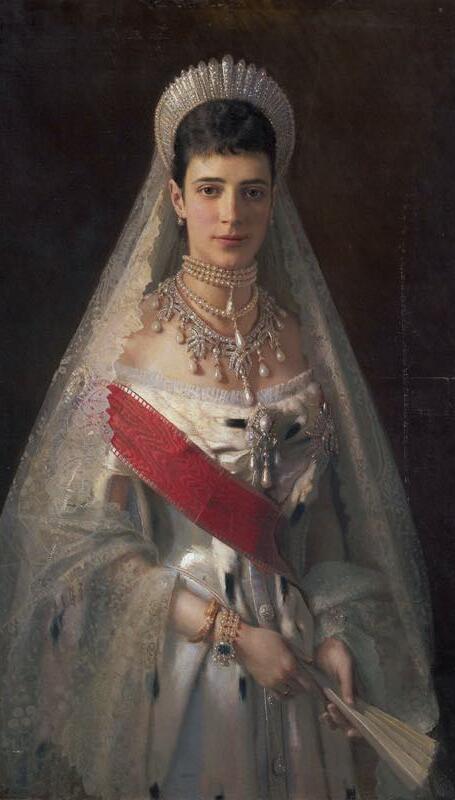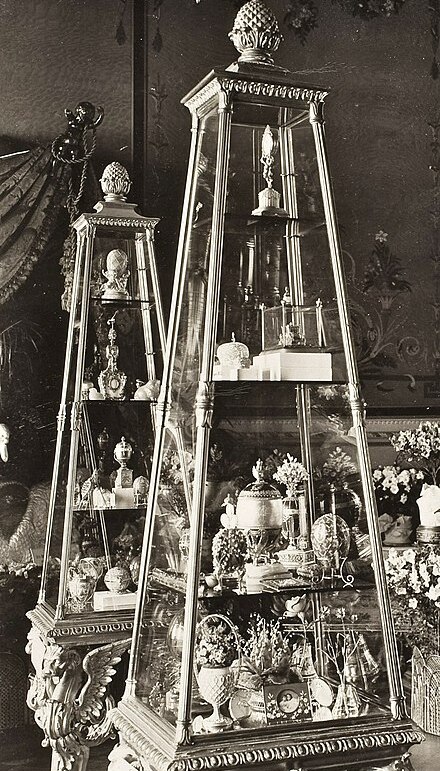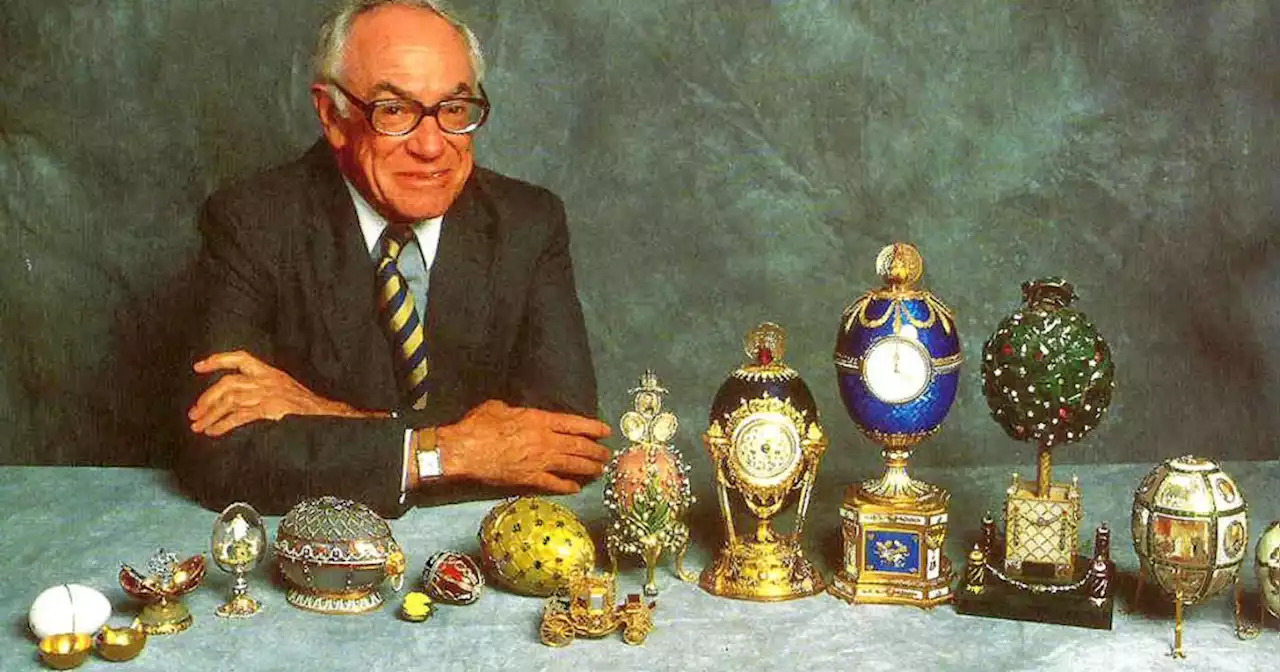Fabergé Eggs: The Fascinating Story of the Most Precious Easter Eggs in the World
The history of Fabergé eggs is rooted in a very distant past and, after over a century, is still shrouded in mystery. The eggs are more than a symbol of luxury and decadence, they’re precious ornaments embellished with diamonds and pearls, truly charming imperial jewelry loved by art experts, collectors and enthusiasts worldwide.
Maison Fabergé made a name for itself with an opulent first series of gold eggs created by the founder of the same name and, since then, has been producing precious eggs for over a century. You have the opportunity to add to your collection and support a charitable cause at the same time by taking part in an auction to win some of these wonderful treasures.
It was 1885…
Fabergé Eggs were first produced in 1885 when Tsar Alexander III wanted to find something unique and precious to give to his wife Maria Feodorovna to mark their twentieth anniversary (which fell on Easter day). The Tsar commissioned the official goldsmith of the Imperial Crown, Peter Carl Fabergé, to create an egg made from jewels.
The egg was made of solid gold and coated in opaque white enamel to give it a realistic look. Inside it held other treasures, just like a matryoshka: a golden yolk, a golden hen with ruby eyes and a miniature of the imperial crown. Unfortunately, the miniature crown was lost. This item of jewelry was the first in a long series: the Empress loved the element of surprise and so the Tsar ordered a Fabergé egg for every Easter from then on.
After Alexander III's death, his son Nicholas II carried on the family tradition with his wife and mother. Soon, giving Fabergé Eggs to mothers and wives as an Easter gift became a widespread tradition among the aristocracy. Many important European families - the Kelch family of industrialists and the Rothschild family of bankers, for example – began to commission their Easter gifts from Fabergé.


Who are the owners of Fabergé Eggs today?
Fabergé made 57 Easter eggs over the course of his career. The end of this tradition was marked by the October Revolution which forced the jeweler to flee first to Germany and then to Switzerland, where he died in 1920. A decade later, to finance the Soviet Union, Stalin secretly sold the eggs on the black market.
Today, Fabergé Eggs are jealously guarded by many collectors and enthusiasts all over the world. In America, one noteworthy collection is that of Lillian Thomas Pratt, who has five. In 2004, billionaire Malcolm Forbes put his nine eggs up for auction and, in 2016, Russian oligarch Viktor Vekselberg opened a museum dedicated to Fabergé that houses a collection of 15 imperial eggs. Seven of the Fabergé eggs made for the Russian imperial family are still missing, while three are kept by Queen Elizabeth who also owns many other Fabergé collectibles, including rare ornaments, frames and boxes.

An icon worth millions of dollars
Fabergé eggs required months of painstaking work and the use of quality raw materials including precious stones, enamels, gold, silver and diamonds. Today, they are worth millions of dollars and some specimens have sold at auction for staggering figures. The most expensive egg was sold by the Rothschild family for $16.5 million to an art collector and director of the Russian National Museum.
The precious egg is pink in color and was created in 1902 as a gift for Baron Edouard de Rothschild's fiancée: it features a clock on the face and a cockrel set with diamonds that pops out of the top of the egg on the hour. Today, this jewel egg is on display at the Hermitage Museum in St. Petersburg. If the story of the most famous eggs in the world has captured your imagination and you love art, you can bid on a Fabergè egg at auction and support a charitable cause, too.


 Art
Art Collectibles
Collectibles Experiences
Experiences Football
Football Match Worn
Match Worn Music
Music Sports
Sports